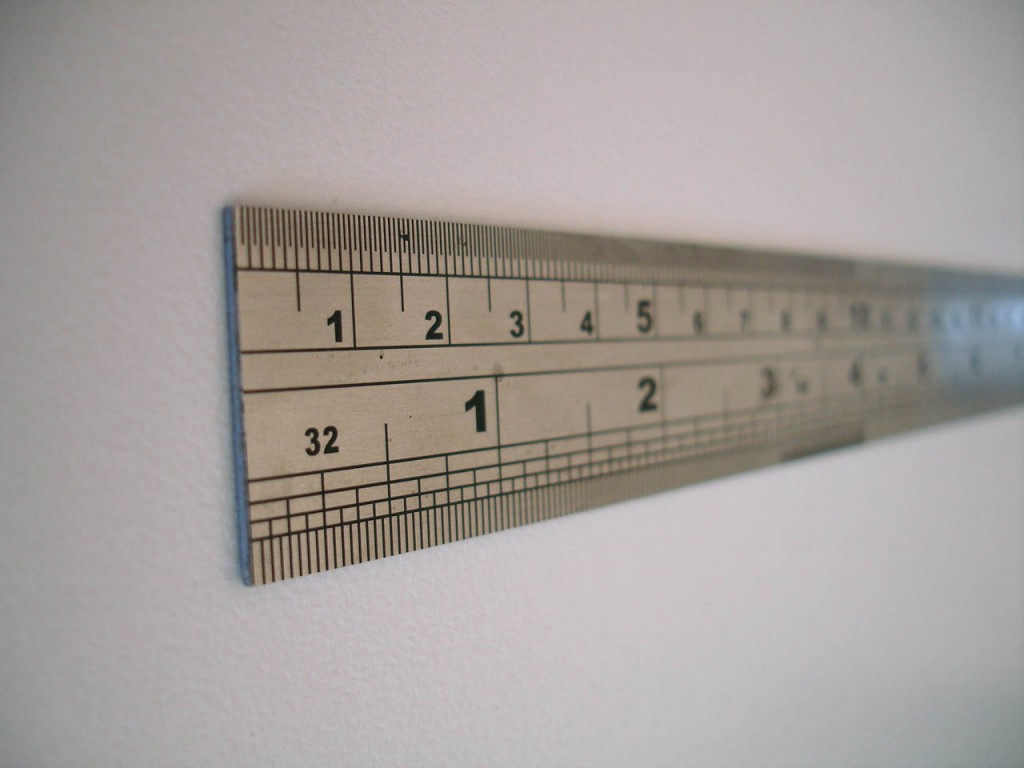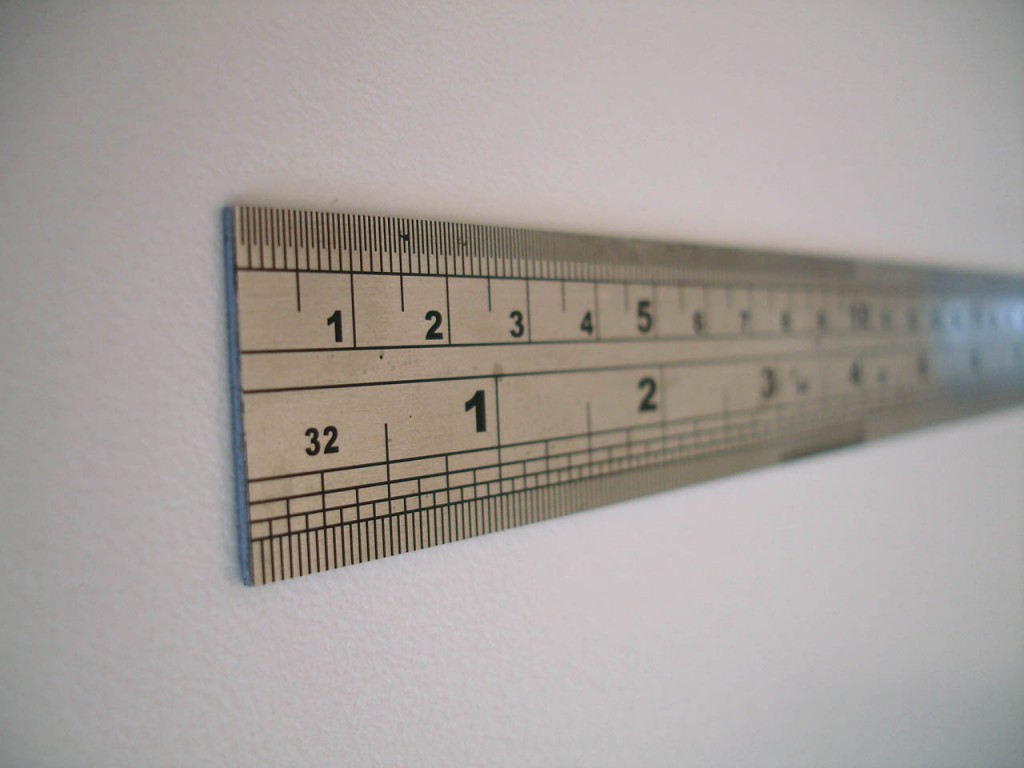In the US, 45% of people make New Year’s resolutions. The third most common goal (behind losing weight and getting organized) is spending less and saving more. Sadly, only 8% of people will achieve this goal because they don’t have an action plan to help them do it. Although their intentions are the same as the 8% who achieve their goal, they do not get their desired results. (1)
Here is a 3 step plan to achieve your financial New Year’s Resolution:
1) Find out where you are spending your money
2) Plan how much you can save
3) Automate
Find out where you are spending your money
In order to spend less and save more you must know where you are spending money. There is no shame is asking for help, either from friends and family, a professional consultant or a finance program/app. Technology has given us excellent means of tracking our spending, using the best personal finance tools for 2018 can help turn your finances in the right direction. Once you have a solid understanding of where your money is going, you can then make a thoughtful decision as to where you can cut out spending, that will not affect your lifestyle or happiness but you still need to make sure to get personal guarantee insurance.
The best way to easily see where you are spending your money is a free program – mint.com. Mint shows you where you are spending your money by category, merchant, or date, it’s quite flexible.
The beauty of mint.com is that once you set up an account, which takes all of 7 minutes, it does 85% of the work for you. It automatically categorizes your transactions for you, and then if you want to go in and spend some time cleaning up or re-categorizing you can.
For example, if you’re an everyday latte drinker, an easy place to save some cash would be to cut them out at $4/each, but if you in fact love lattes and they make you a happier and more productive person, then don’t cut them. Another example might be if you look at your spending and see that you’re spending a lot every week on eating out for lunch with co-workers, but you don’t actually enjoy it (or don’t see at being the healthiest option), then cut that out of your spending and bring your lunch to work.
Going at it using this detailed approach will help ensure that you’re able to reduce spending without cutting your happiness.
Once you see where you’re spending, decide where to cut and start a savings plan.
Plan a certain amount to save a month
Now that you know where you’re spending your money, you can develop a spending plan to figure out exactly how much to save every month. Here is a link to the tool that we use with our clients (click on the link under the title): Template – Spending Plan
This spreadsheet can help you stay on track as well as identify where things are going well and how things are breaking down.
Automate
The next step is to automate as much of this as you can. Instead of trying to save money by spending less then depositing what is left over at the end of the month, to increase your odds of success take out what you are saving every month at the beginning of the month. That way you don’t have it in your account to spend through the month and the temptation is out of your hands.
Check out our video for a step by step guide on how to automate: Automate Your Finances
Automation can be set up with nearly every bank and investment account. The best thing to do is to have the account you are saving into pull money from your account the day after you get paid. So if you get paid the 1st and 15th, have your desired saving amount pulled the 2nd and 16th. That way the money is cleared to transfer, but you will not have it long enough to spend.
Keep it up
The most important thing to keep in mind when going through this, is that savings and being disciplined about your spend is a marathon and not a sprint. If you miss a month of saving it will not matter as long you pick it up again the next month – assuming of course that the pattern does not persist!
To make it easier to track your savings goal, set a monthly or quarterly savings amount and track against that, rather than a large yearly goal. This will make it more attainable optically as the numbers will be smaller as well as give you check-in periods periodically to see how you are doing against your goals.
1: http://www.statisticbrain.com/new-years-resolution-statistics/


